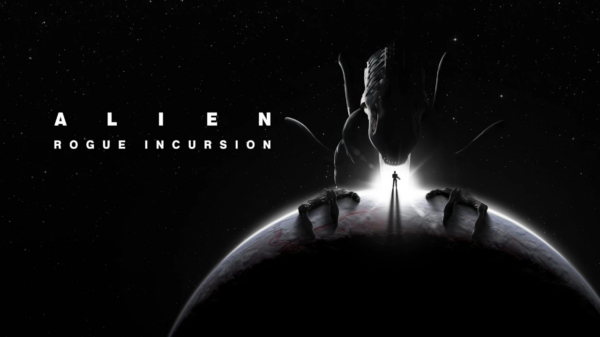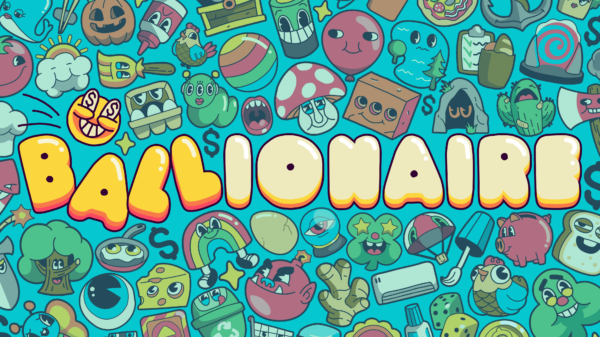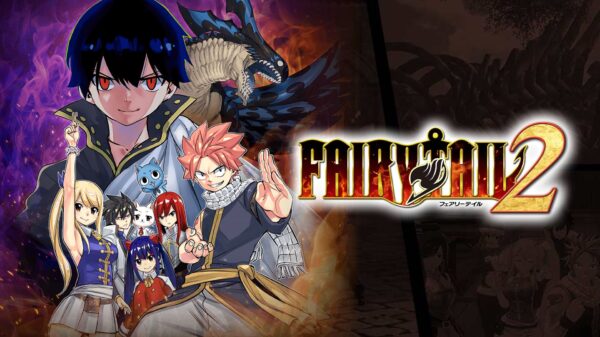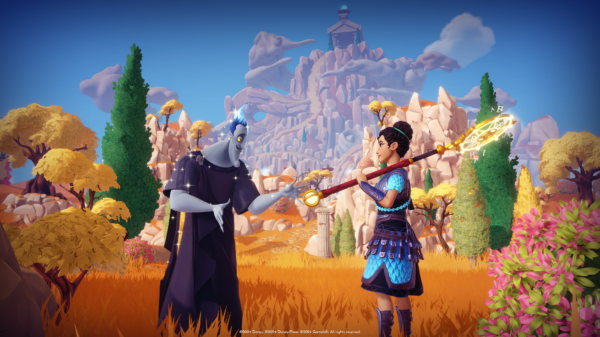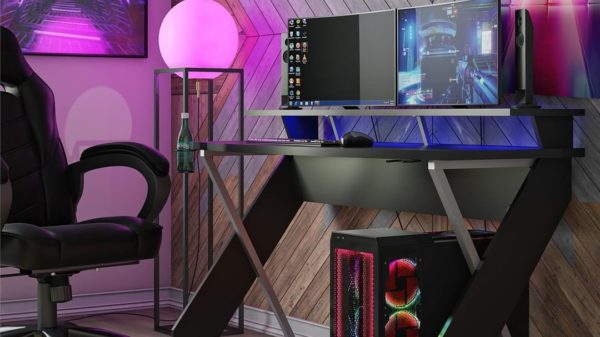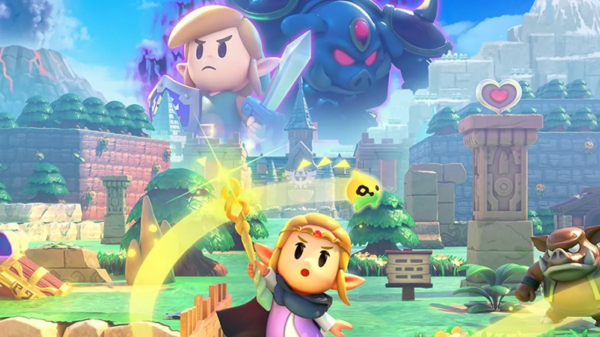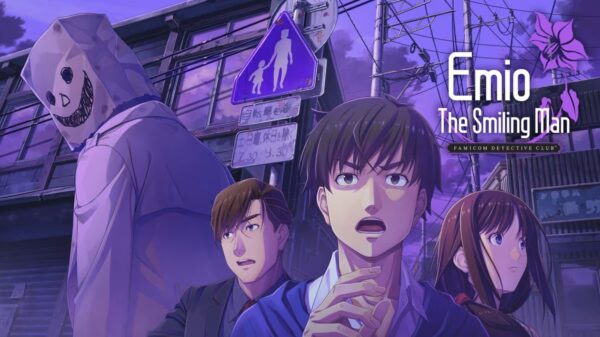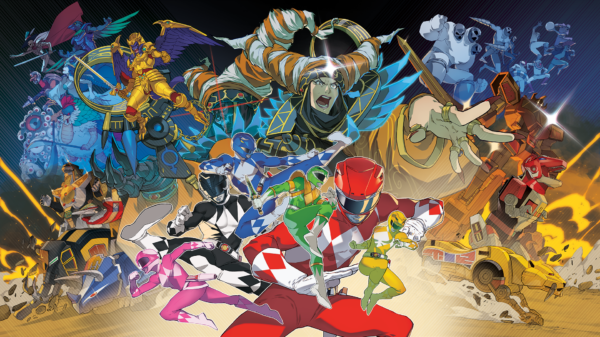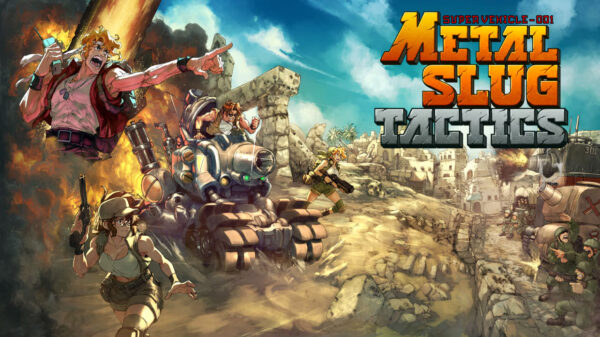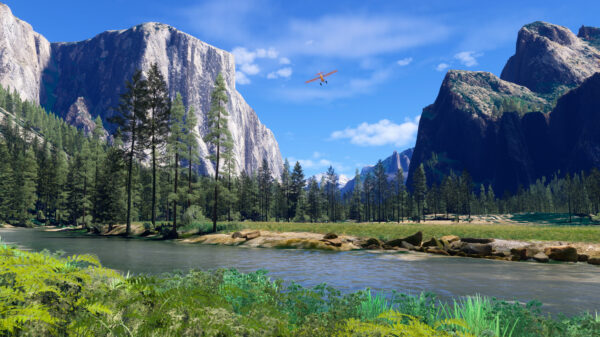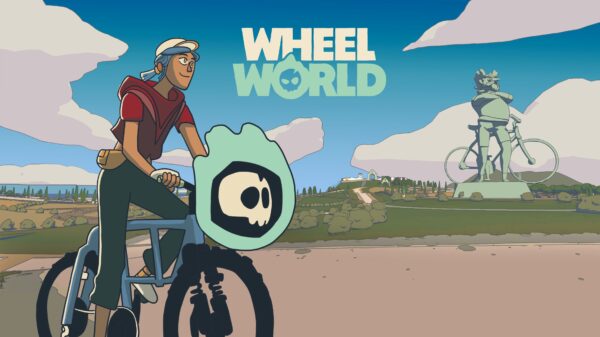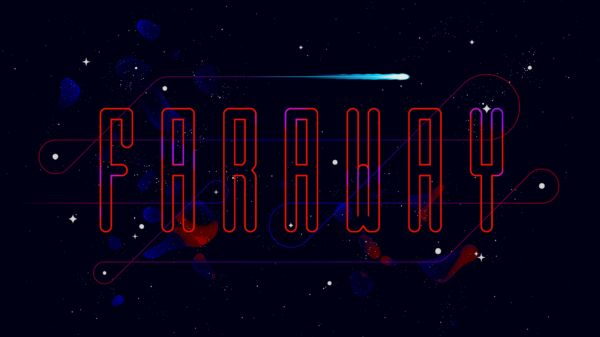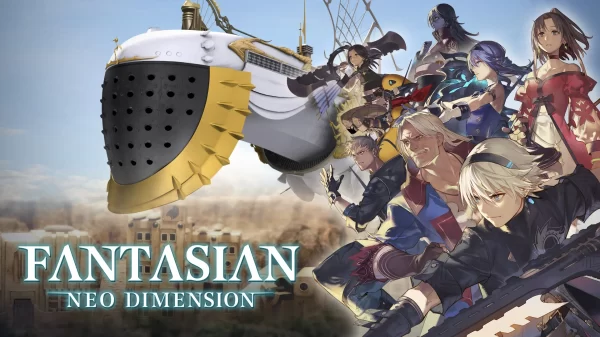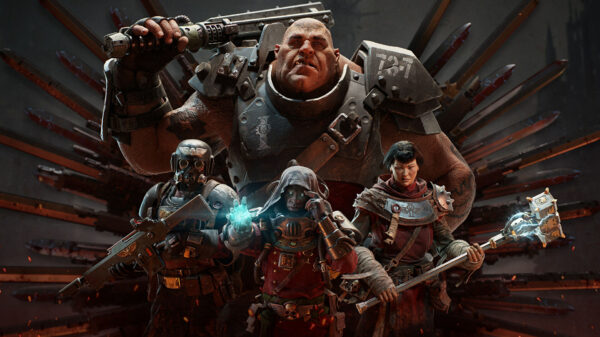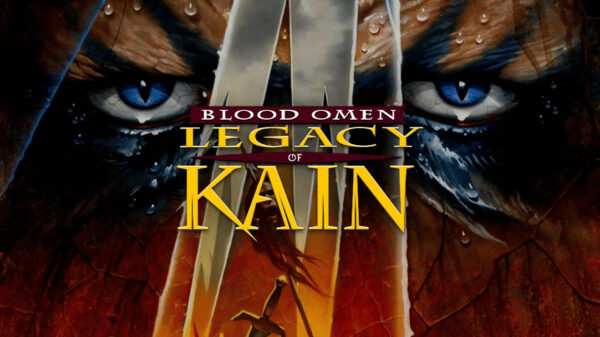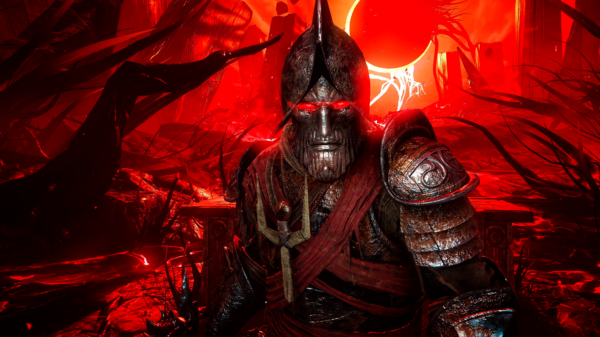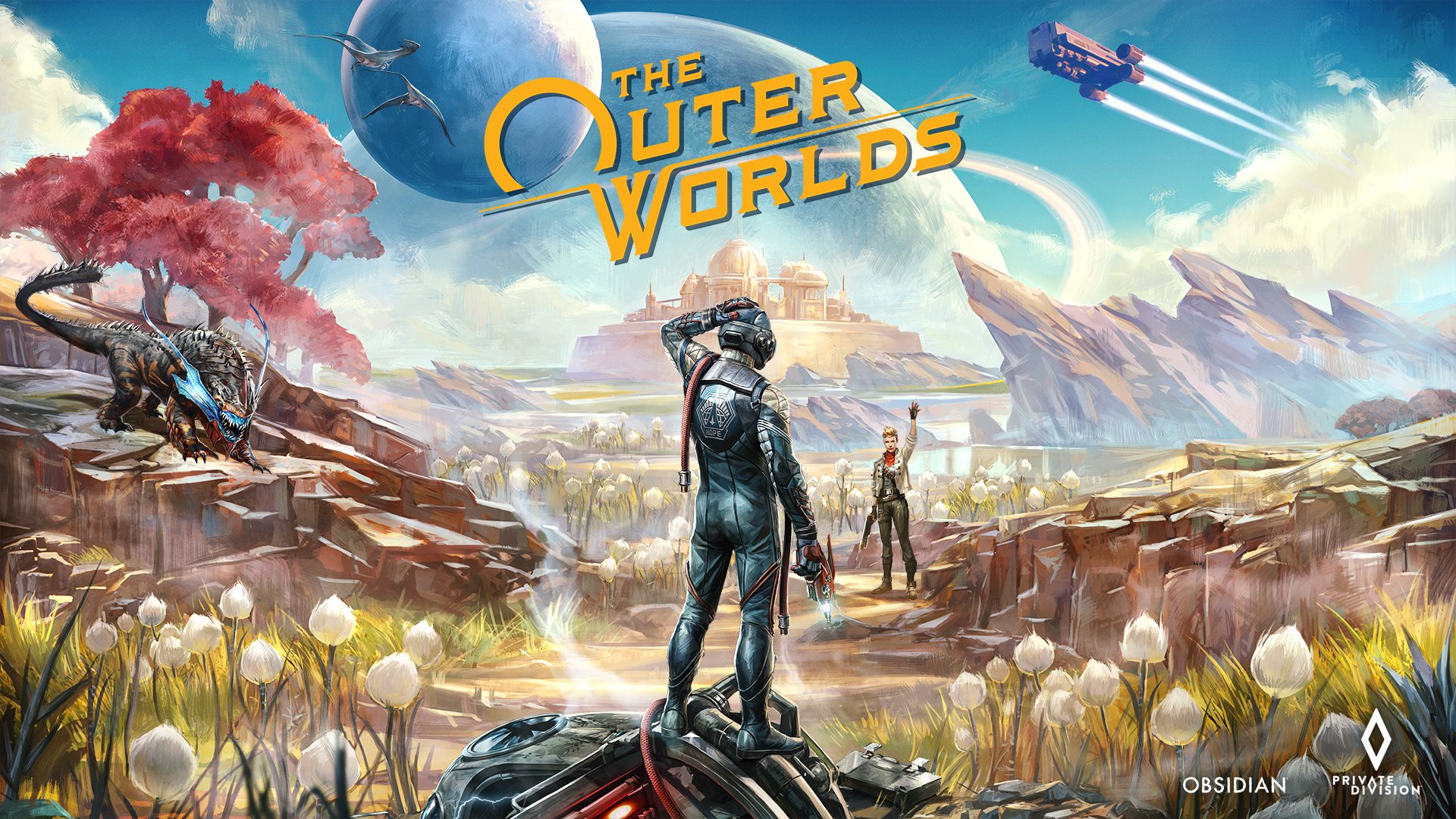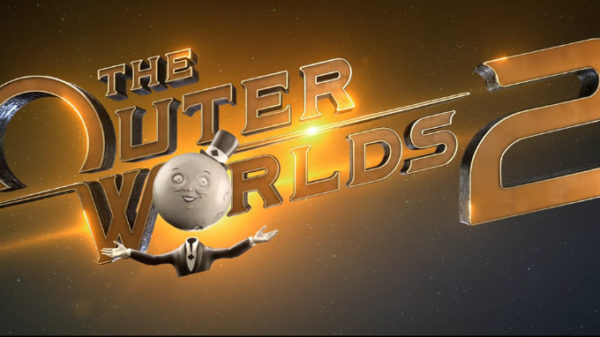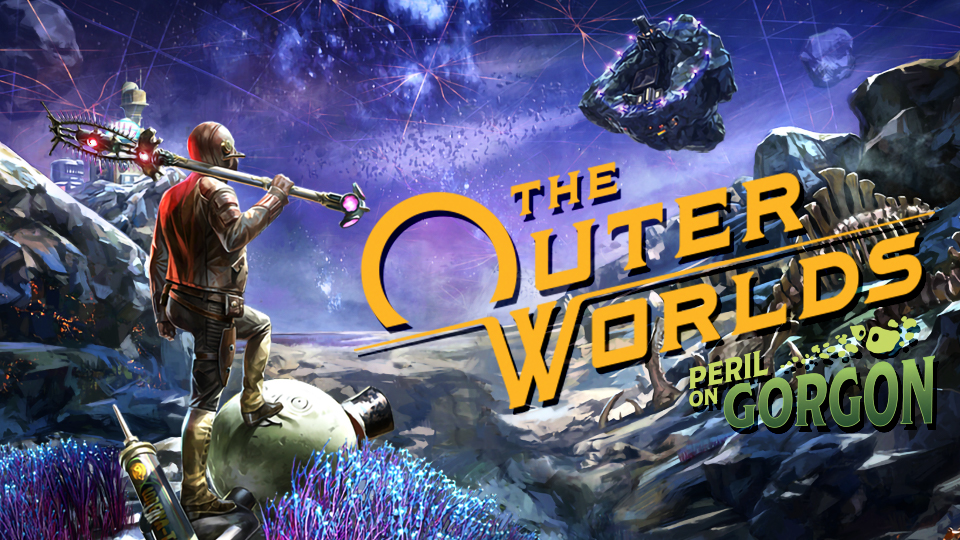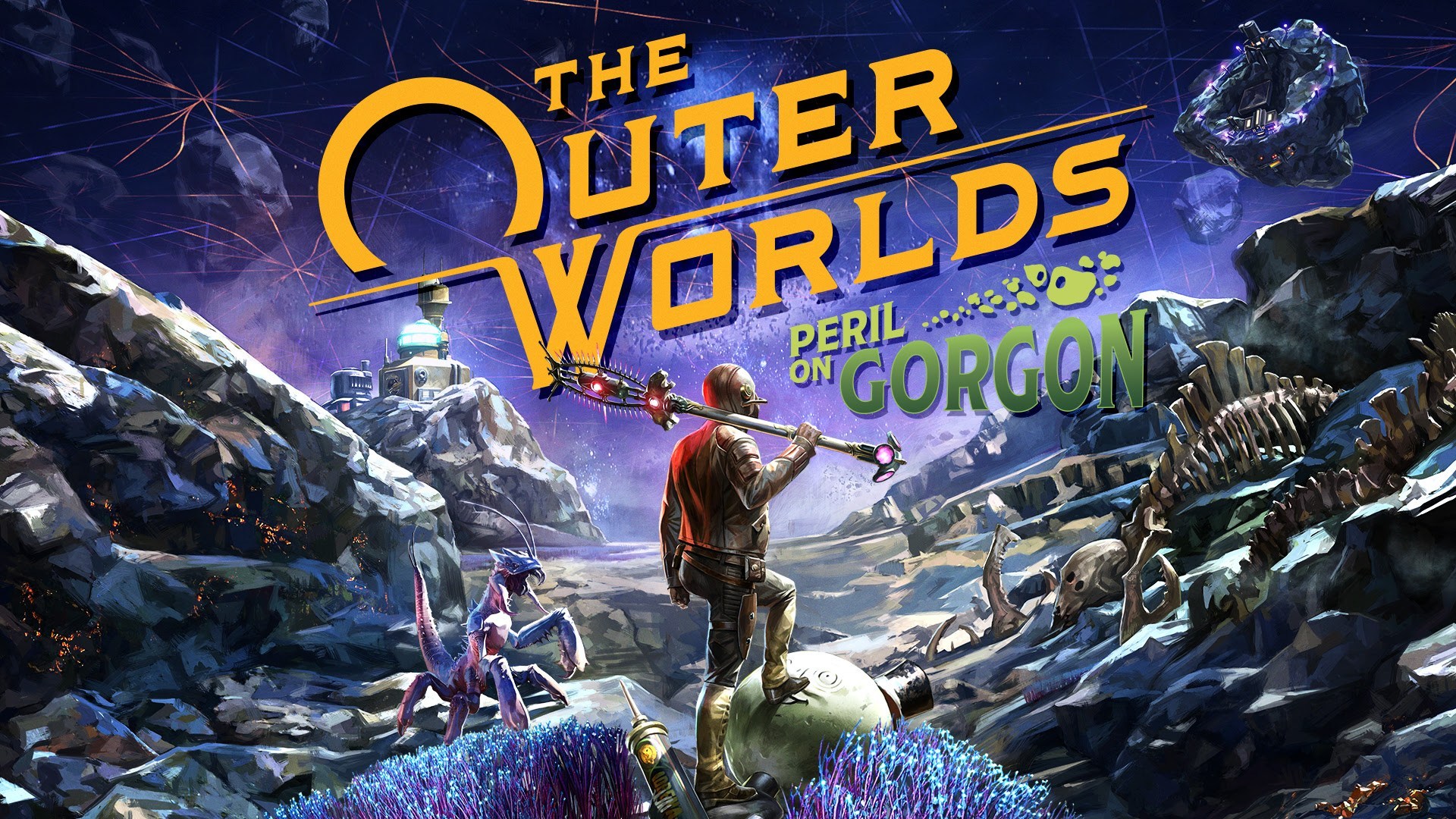It’s been a hot minute since we’ve seen Obsidian do anything other than an isometric styled RPG, harkening back to their Black Isle Studios days, but their back and jettisoning off into the deep reaches of space with The Outer Worlds.
The Outer Worlds
Developer: Obsidian Entertainment
Price: $60
Platform: PC, PS4, and Xbox One
MonsterVine was supplied with a PS4 code for review
Let’s get the immediate comparisons out of the way: if you were going into The Outer Worlds expecting it to be “Fallout New Vegas in Space” then you’ll be happy to know it’s almost exactly that to a fault. From the moment you take control, the game just feels like a Fallout game and everything from the way characters animate to how you interact with objects is incredibly reminiscent of that series. Hell, it’s even got its own version of VATS that works almost exactly like VATS. As dismissive as it may be, it’s very clear Obsidian wanted to make another game in the vein of Fallout and decided to stick with what they know. But that’s not to say it’s a bad thing; quite the opposite with The Outer Worlds using what Obsidian learned in the development of New Vegas and carving its own path.
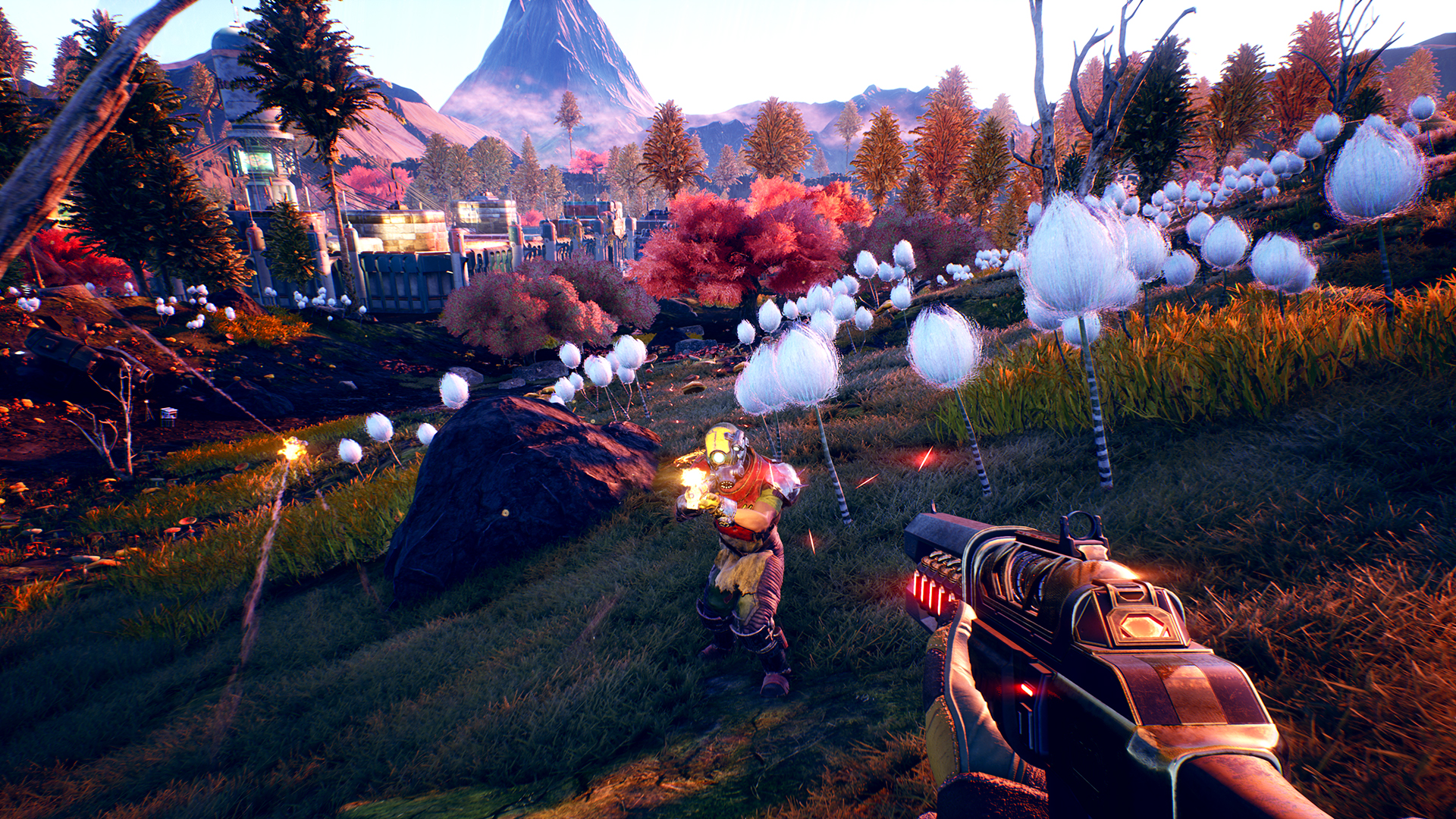
Upon starting the game you’re awakened out of cryo-sleep by an eccentric scientist who finds your colony ship that’s been drifting in space for decades with everyone onboard asleep. After reviving you, you’re tasked with assisting him in saving everyone else on the ship and you’re swiftly dumped on a backwater planet with its own host of problems you’ll need to solve. The plot itself takes a bit to get going, and while it never evolves into anything of major depth, the journey there is steeped in humorous moments you won’t be likely to forget anytime soon with that trademark quick-witted writing you expect of Obsidian. The game takes current-day anti-capitalist ideologies and turns the dial to 11 as it places you in a world that’s oozing with capitalist satire. You’ll encounter denizens throughout the game’s various worlds that can’t stop preaching the good word for the corporation that’s making their life a literal hell, and others who are hellbent on tearing the entire system down. It’s all very heavy-handed but the game has so much earnest charm to it that it works.
I hate to keep the Fallout comparisons going but it really is the best way to describe how this game plays. When you start the game you’ll invest points in a variety of skills you’ll likely be familiar with like hacking, persuasion, and handguns; there are even perks to unlock that grant further bonuses to your character. The combat itself just feels like a more refined version of Fallout’s and it even has a time-slowing mechanic similar to VATS that even lets you paint limbs on a target to see what effects you’ll get from targeting them like cripple or blind.
Where The Outer Worlds stands out, however, is in the immediate weirdness of its world, the heavier emphasis on RPG mechanics, and a slightly deeper companion system. Taking place in the far-flung future of 2355 you’d expect the arsenal you pick up in the game to be pretty varied and you’d be right. Besides the typical collection of ballistic guns, you’ll also find some that shoot a variety of elemental damage like plasma, acid, shock, and radiation. You’ll also find weirder things like a shrink ray which never stops being fun to use. Shooting also feels good which is not something you could ever really say for a Fallout game; getting up close and blasting an enemy with a shotgun is endlessly entertaining and firing off a quick shooter always makes you feel like a space cowboy. I was never too hot on the melee weapons in Fallout games, but The Outer Worlds really sold me on starting a melee-focused playthrough. Giant hammers and even scythes make the rounds here with a collection of armaments that, while functionally all mostly behave the same, all look and feel fun to use. Getting a plasma cutter for the first time just elicits an immediate giddiness to want to test it out on the next enemy you see. Your weapons and armor can all also be upgraded with a variety of mods that you’ll find throughout the world. Some give additional stat bonuses while others can give your basic shotgun an elemental kick.
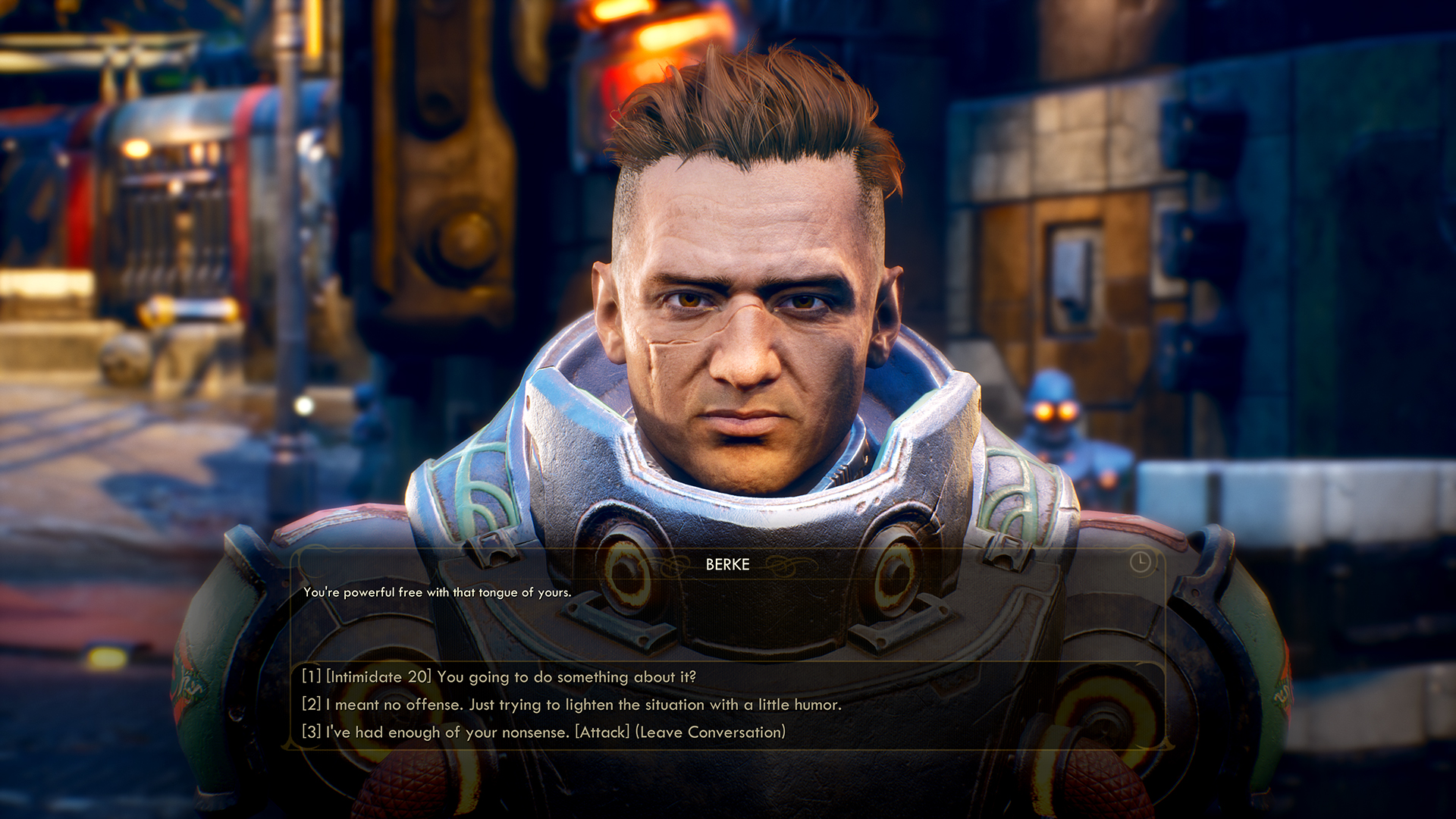
As previously mentioned, The Outer Worlds features a mechanic called Tactical Time Dilation which is basically their version of Fallout’s VATS system. Tapping a button will slow time down to a crawl, allowing you to carefully pick your shots with the main difference in this game being that you still have to manually aim your shots. While in this mode, highlighting an enemy will pop up a pretty nifty info-bubble that details a variety of information such as their level, health, a short bio, and even some weaknesses. Just as with New Vegas, Obsidian set themselves apart by focusing on a purer RPG experience. You’ve got over a dozen stats to dump points into and leveling each of those up will gain you bonus perks on top of the ones you’re already acquiring in the perk tree. Increasing your intimidation stat, for example, could cause a small chance of an enemy running off in fear if you kill their friend in front of them, with that chance increasing the more points you put into that skill. Your chance at succeeding in a conversation can also live or die with how high you’ve increased a particular stat, but you could offset this by buffing yourself with items and equipping the right guy. A particularly interesting new mechanic is the ability for your character to acquire flaws as you play. If you’re repeatedly attacked by a specific type of enemy the game will offer you the opportunity to take a negative trait in exchange for a free perk point. One of these could be a -1 to all personality traits for getting caught various times in restricted areas. It’s an interesting mechanic that lets you further customize and flavor your character in a way I haven’t seen before.
In some regards, The Outer Worlds is fairly simplified in a few ways, however. There are only three ammo types for example (light, heavy, and energy) which in a way forces you to only equip one of each gun plus a melee weapon. You don’t want to really have a sniper rifle equipped and a heavy assault rifle out of fear of using up all your heavy ammo and having none left for your sniper. The worlds themselves are also a lot smaller than you’d normally expect, but that’s likely due to this being a lower budget game. Each planet has a small map you’re able to freely explore, but you could easily run from one end to the other in no time without much issue. I’d be a bit more upset about this if the worlds themselves weren’t so wildly varied, and teeming with weird aliens that want to make a meal out of you.
The companions themselves have a bit more to them than before. While you’ll still collect a cast of colorful scoundrels from around the galaxy who can take residence on your ship, there’s a bit more RPG flavor to them this time around. The numbers game is king here as each companion has their own set of stats and bonuses to be aware of, having a particular character could boost your hacking skill by ten points by having him in your party for example, and you need to make sure you’re equipping them with gear appropriate to their strengths. Companions can level up just like you and you can invest in a series of perks, that while neat that it’s there, the types of perks for the companions leave a bit to be desired since they’re fairly generic for the most part, unlike the player’s perk sheet. Each companion also features their own stylish ability, such as Parvati’s slam attack, that can deal some significant damage to foes. What’s easily the most interesting mechanic with companions however is how they can interrupt conversations with their own opinion on a situation, potentially blowing a conversation if they don’t like the way things were going. It’s something that makes you really think about who you bring to your party and where you take them, as you don’t particularly want to bring the more “holier than thou” characters with you if you’re about to partake in some nefarious deeds.

This being an Obsidian game, I came into it expecting the usual Obsidian jank that’s always plagued their games but was pleasantly surprised to see the game running fairly smoothly. I’ve dumped hours into the game and have yet to come across any sort of significant bug besides a comical physics glitch when I’d kill an enemy and their body would go hurtling into the stratosphere. The UI itself however is a major issue, with the game suffering from some seriously tiny text and a clunky menu. I’m playing a relatively large TV, and I’m still having to squint to make out certain words or symbols on-screen. There are weapons in the game that have a “pristine” status meaning they have higher than normal durability and these are signified with a diamond symbol when examining them; the diamond is so small however that I couldn’t even tell it was a diamond the first few times I saw the icon. I honestly can’t imagine playing this game on a medium, or god forbid small TV screen unless you have some binoculars ready. The UI itself just makes matters in the menu worse with an incredibly clunky system that makes you needlessly take extra steps to do simple actions. Pressing the equip button on a weapon will only ever swap out the first weapon on your weapon slot. If you want it to replace your second, third, or fourth gun you’ll need to open up a separate radial menu, highlight the “swap” option which will then open up a second radial menu, and then select which currently equipped weapon you want this one to replace. Shopping in vendors is made worse by the fact that you can’t easily, and immediately compare the stats between your equipped gear and the items you want to purchase; something that’s, to me, easily one of the most grievous mistakes you could make in an RPG. Now while these obviously aren’t major affronts, merely annoyances, they still sour what’s an overall excellent experience.
 The Final Word
The Final Word
The Outer Worlds isn’t reinventing the RPG wheel here, but it is an incredibly fun world to explore and sink countless hours into.
– MonsterVine Review Score: 4.5 out of 5 – Great


